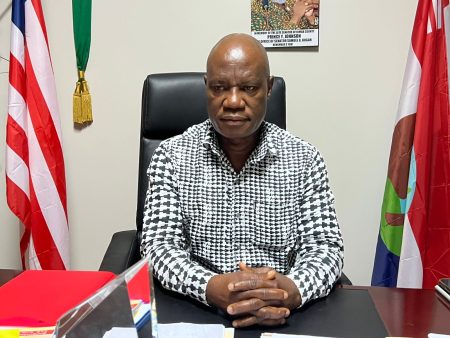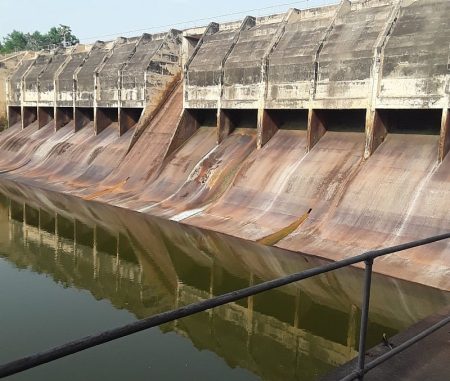President John Dramani Mahama’s address at the 2025 National Eid-ul-Fitr celebration at Black Star Square served as a stern warning against the persistent problem of illegal construction on waterways, wetlands, and Ramsar sites, a practice he directly linked to the recurrent flooding and property damage plaguing the nation. He emphasized the impending rainy season and the heightened risk of floods due to obstructed waterways, directly caused by unauthorized structures built in these crucial drainage channels. His message resonated with a sense of urgency, calling for immediate action to prevent further disasters. The President’s condemnation wasn’t limited to private individuals. He broadened his criticism to include the complicity of some chiefs who, he asserted, collude in the illegal sale of Ramsar sites, designated wetlands of international importance, for development purposes. This accusation highlights the systemic nature of the problem, implicating individuals entrusted with community well-being in the very activities that jeopardize it.
The core of Mahama’s message revolved around the urgent need for strict enforcement of environmental laws. He declared an impending crackdown on illegal structures encroaching upon waterways, promising demolitions as a necessary measure to protect lives and livelihoods. This declaration signifies a commitment to prioritize public safety over individual interests, sending a strong message that the government will no longer tolerate the reckless disregard for regulations that contribute to flooding and destruction. The President underscored the seriousness of this commitment by emphasizing that those found in violation of these laws will face the full force of the legal consequences.
The President’s warning regarding the demolition of illegal structures is not simply a reactive measure to address the immediate threat of flooding. It represents a proactive stance towards long-term environmental protection and sustainable development. By removing these obstructions, the government aims to restore the natural flow of water, mitigating the risk of future floods and preserving the ecological integrity of these vital waterways. This action also serves to safeguard the long-term well-being of communities by reducing the vulnerability of homes and businesses to flood damage, promoting economic stability and security.
The inclusion of chiefs in the President’s criticism signifies a recognition of the complex interplay between traditional authority and environmental protection. While chiefs play a crucial role in land management within their communities, their involvement in the illegal sale of Ramsar sites underscores the potential for conflicts of interest. President Mahama’s call for this practice to cease is an appeal for responsible leadership and a reminder of the chiefs’ obligation to prioritize the long-term well-being of their communities over short-term gains. This message also highlights the need for greater transparency and accountability in land transactions involving environmentally sensitive areas.
The President’s announcement of impending demolitions and strict enforcement of environmental laws is not without its potential challenges. The process of identifying and removing illegal structures may encounter resistance from those who have invested in these properties, regardless of their legality. Addressing these concerns will require a balanced approach that combines firm enforcement with considerations for the socio-economic implications of displacement. The government may need to consider providing alternative housing or compensation to affected individuals, while simultaneously ensuring that these measures do not inadvertently incentivize further illegal construction.
The success of President Mahama’s initiative hinges on a multifaceted approach that goes beyond simply demolishing illegal structures. It requires a comprehensive strategy that includes public education campaigns to raise awareness about the dangers of building on waterways and the importance of preserving wetlands and Ramsar sites. Furthermore, strengthening institutional capacity for environmental monitoring and enforcement is crucial to preventing future violations. Finally, fostering collaboration between government agencies, local communities, and traditional leaders will be essential to creating a sustainable solution that protects both lives and the environment. This collaborative approach ensures community buy-in and promotes a sense of shared responsibility for environmental stewardship.














